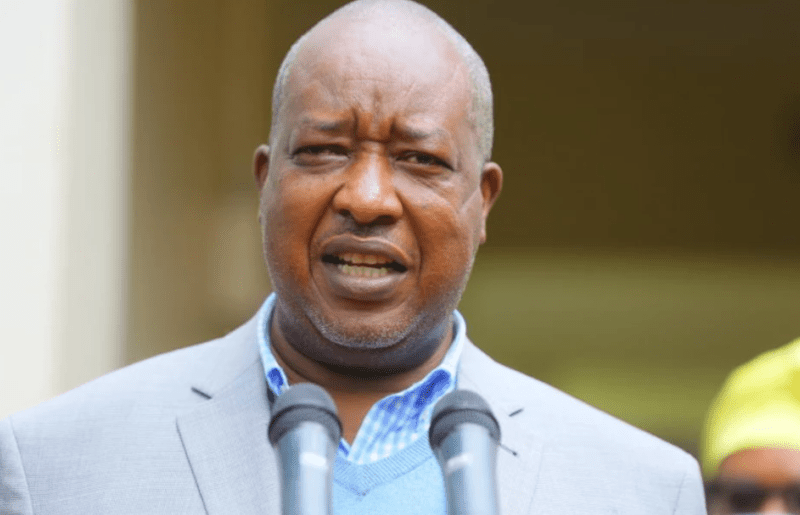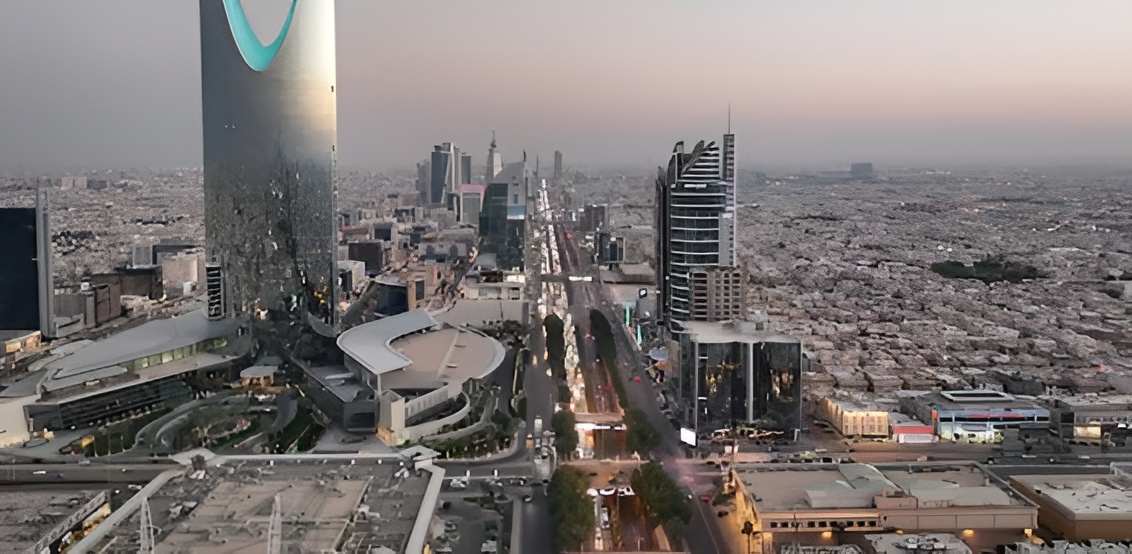A man's world: Gender parity goal to take over 130 years to achieve

Kenya's score in global ranking has marginally improved, moving two positions up from last year to position 75. It attained a Gender Parity Index (GPI) score of 0.712, a (+0.004) improvement from last year's score.
It will take countries across the globe not less than 134 years from now to attain gender parity, a goal seeking to curb inequalities prevalent across different segments of the economy, the World Economic Forum has said.
In its latest 2024 gender gap report, the economic think tank says the gender gap is narrowing, but at a slow pace, a reason the goal will take much longer to be attained.
More To Read
- Kenyan women shoulder Sh1.89 trillion in unpaid domestic work, says KNBS
- Taita Taveta leaders push for women’s land rights, economic empowerment
- International Day of the Girl: UNICEF highlights increased risks for girls amid crisis
- Male MPs urged to champion gender equality and support women’s legislative agenda
- 30 years of advancing gender equality: Achievements, setbacks, and the road ahead
- Gender equality: UN Women calls for political will and accelerated global action
"The gender gap is narrowing globally, but the collective rate of progress has slowed down. Without a bold push forward, it will take 134 years to reach full parity," the report reads.
The global gender gap score in 2024, according to the report, currently stands at 68.5 per cent of the gap closed.
Compared to last year, a broader number of economies have registered increases in their gender parity scores, contributing to a narrowing of the overall gender gap.
Narrowing down to country specifics, Kenya's score in global ranking has marginally improved, moving two positions up from last year to position 75.
It attained a Gender Parity Index (GPI) score of 0.712, a (+0.004) improvement from last year's score.
The GPI indicates parity between girls and boys. A GPI of less than 1 suggests girls are more disadvantaged than boys in opportunities, and a GPI of greater than 1 suggests the other way around. Ideally, gender equality is considered attained when the score is 1.
Regionally, Sub-Saharan Africa is noted to be edging closer to gender parity, with a score of 68.4 per cent closed.
The region is comprised of the largest number of economies in a single grouping (35) and includes three of the 15 most populous countries highlighted in the report, Ethiopia (79th, 70.9%), Nigeria (125th, 65%) and Democratic Republic of the Congo (140th, 60.9%), which can affect overall regional results by edition and over time.
Based on the constant sample and its performance across editions, Sub-Saharan Africa has increased its collective gender parity score by (+5.6) percentage points since 2006, the third-largest improvement made by a region since the launch of the index.
Out of the 35 economies included in the group, 21 are in the top 100, and one, Namibia, is in the top 10.
The top five performers in the region are Namibia (8th, 80.5%), South Africa (18th, 78.5%), Mozambique (27th, 77.6%), Burundi (38th, 75.7%), and Rwanda (39th, 75.7%).
Over half of the Sub-Saharan African countries (18) have closed over 70 per cent of their gender gap, and only Chad trails behind the two-thirds mark (57.6%).
Nonetheless, the region is characterised by a high level of dispersion between the top and bottom ranks, with 22.8 percentage points between them.
The region places fourth in Economic Participation and Opportunity, with a score of 68.1 per cent.
Nevertheless, numerous countries in the region are moving promisingly towards economic gender parity.
All economies in the group have gender parity scores over 50 per cent on the labour-force participation rate.
Top Stories Today











































